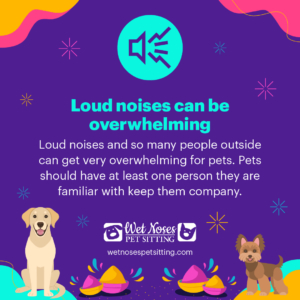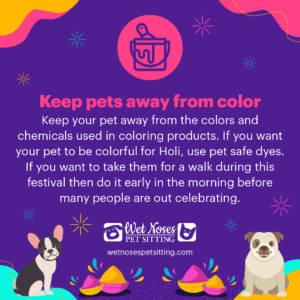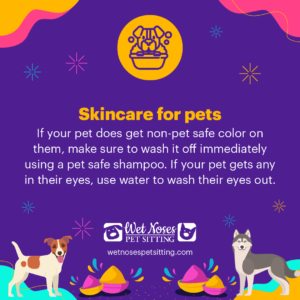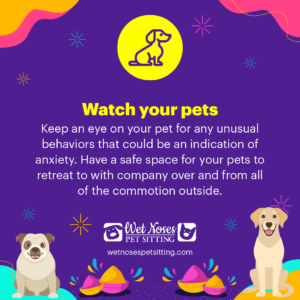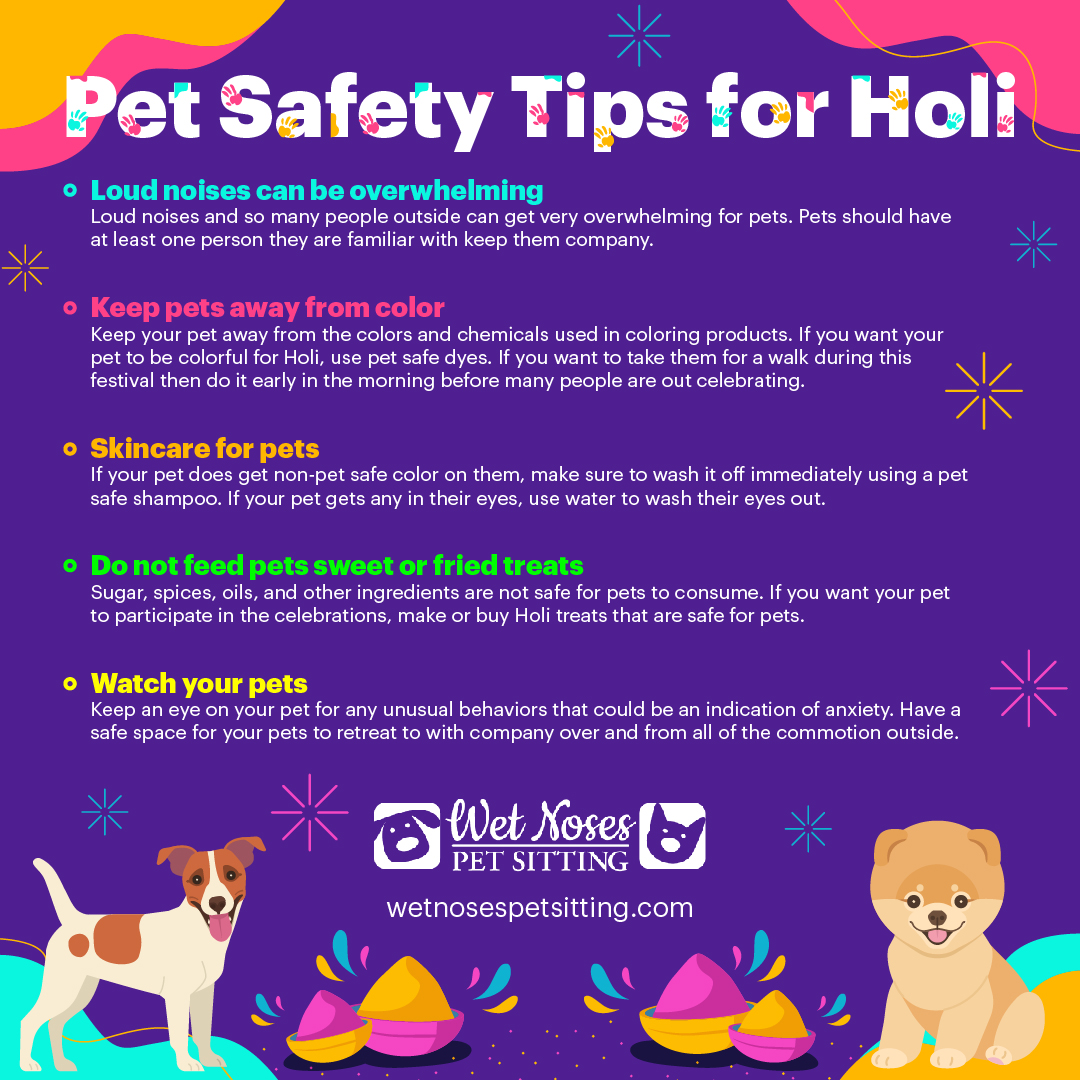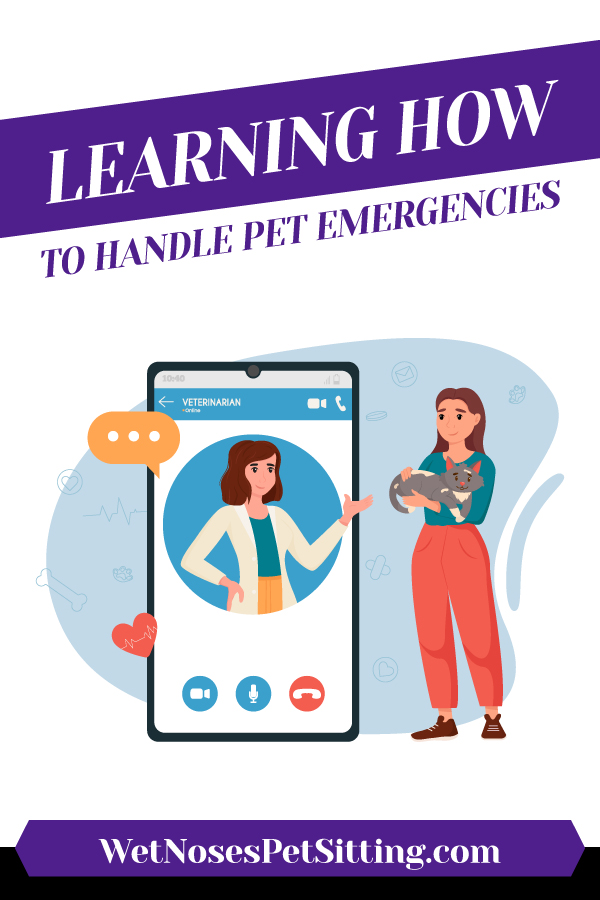
Learning How to Handle Pet Emergencies
April is National Pet First Aid Awareness month, as such all pet owners are encouraged to learn how to handle emergencies. Like accidents and other medical situations with their pets. This blog can equip you with information and links so that you can confidently care for your fur babies!
The Basics
If you are close to home, stabilizing and transporting your injured pet to your veterinarian is the optimal way to address your emergencies. However, when you are traveling, camping or hiking, knowing the basics of emergency care is essential to the health and well-being of your pet. Let’s begin with some basics you should always have.
Medical Records
Your pets medical records of vaccinations, documentation of health issues like allergies etc., and medications, along with the vets phone number as well as local vets in the area you will be in. Bring your pet insurance policy documents with you as well.
Pet First Aid Kit
Have a pet specific first aid kit you can make or you can purchase a pet first aid kit that is already put together.
Leash & Harness
Have your dog’s leash, harness, current tags, and tracker either under the skin or attached to their collar. All their food, treats, bowls, bedding etc. Pretty much anything that will make the trip more comfortable for your pet. While most of this won’t be used in an emergency, keeping your pet comfortable on a trip is important.
Whenever you are traveling by car, this one is important to invest in. Invest in a great travel harness system. These are basically a seat belt for your dog. Additionally, it is safest to keep your dog with you in your vehicle, not in a trailer or in the bed of a pickup.
Remember: an 80 pound dog can become a 2,400 pound projectile at just 50 miles per hour!
Now, let’s have a look at some of the more common emergencies that you may encounter and you can learn how to handle them.
Common Pet Emergencies
Heat Exhaustion
Heat exhaustion is a milder form heat stroke, your pet can walk, and is actively looking for water and is panting more. You will need to move them to a shaded area and offer your dog cool water. Observation at this stage is key so that you can determine if it is moving toward the more dangerous one of heat stroke.
Have your pet rectal thermometer and check your dog by referring to the information below as to what is low, normal and high for dogs. Any vomiting, diarrhea especially with blood should be seen immediately.
Otherwise, with heat exhaustion you can observe your pet for the next 24 hours. If they are not back to eating, drinking and moving about normally within 48 hours, take them to their veterinarian for a follow up.
Heat Stroke
Heat Stroke is when the dog’s temperature is over 104 degrees, the signs for this are excessive panting with no breaks in between, bright red gums, collapse, non-responsive to your prompts and eyes that stare or have a “glazed” over look. Know these three ranges of a dog’s temperature.
- Normal – 100.5°F to 102.5°F (38°C – 39.1°C);
- Hypothermic (Low) – Below 100°F (37.7°C);
- Hyperthermic (High) Above 103°F (39.4°C)
Treatment for anything 103.5°F and higher needs to happen immediately. Place your pet in a shaded area or move them into an air-conditioned place. Only offer small amounts of water, do not force them to drink. Keep track of the time you began the cooling process, this will be important information for your veterinarian later.
Administering cool not cold water on the pet, behind the ears, over the paws, back, and abdomen work well. If running water is not available, place a wet cool towel on your pet, but only for a moment or two changing them out often, as these will pull the heat from your dog and if left too long can reheat them.
If a fan is available, blow it over the pet to cause an evaporation effect, someone should have contacted the nearby veterinarian and be ready to transport. Important: Take the temperature of your pet every 30-60 seconds, once the temperature has lowered to
103.5°F stop all cooling measures, further cooling could lower your pet’s temperature too low. Also, note the time when you stop these measures. Place your dog in a pre-cooled vehicle and get them to the clinic as soon as possible.
Not Breathing
First check to see if there is an obstruction in the airway that is preventing your dog’s breathing. Carefully pull back the lips and open the upper and lower jaw, sweep the mouth area looking for a stick, rock, or small bone stuck anywhere even the roof of the mouth using a flashlight. Look all the way to the back of the mouth by gently pulling the tongue out and searching for any foreign object if any are found carefully remove it. (see note on the Heimlich maneuver below)
Once you have made sure that the airway is clear and the dog is still not breathing and is unresponsive then check for a pulse by touching the femoral artery on the inside of the rear leg high up almost where it connects to the body, there is a slight dip, press your fingers lightly against this area. If you feel one that means that their heart is pumping and you can move onto artificial respiration.
Close your dog’s muzzle and hold it while you cover his nostrils with your mouth. Gently blow one breath watching to see if their chest rises. Remove your mouth and watch to see if they begin breathing. If not, repeat again, making sure to check to see if there is still a pulse.
If there is no pulse or it has stopped then CPR is necessary. This link below will show you step by step how to execute CPR for your dog.
– CPR for Dogs One person can do this but It is best to have two people, one to apply rescue breaths and the other for chest compressions. Please watch the above noted video to familiarize yourself with this technique.
– The heimlich maneuver can be used for choking in dogs as well and this link shows how to do it along with dog CPR.
Having a video tutorial along with step by step instructions in my opinion is one of the more effective ways to teach these techniques. It is my hope that you will take the time to educate yourself so that you can provide your pet with the best emergency care and give yourself peace of mind.
Limping
Maybe your dog is limping and you’re not sure what is causing it. The first thing you want to do is to check your dog’s pads for any abrasions or bruising. Also, check for stickers or stones caught between the toes or stuck into the pad themselves.
If there is a wound, you can flush it with clear water and then apply a clean dry bandage using a gauze pad and a vet tape wrap. You may want to look into providing your dog with dog hiking booties to avoid these types of injuries in the future.
Sprains
A sprain of the foot, ankle, or leg can be noted if you see your dog limping, or barely touching the leg on the ground, or maybe not at all. By ensuring that your veterinarian has provided ahead of time, a non-steroidal-anti-inflammatory-drug or NSAID that you can administer by mouth while on the trail, you can provide relief from this type of discomfort. Luckily dogs have three other legs so getting off the trail and back home for rest shouldn’t be all that difficult. Most heal just fine with restricted exercise until back to normal.
Snake Bites
In Colorado, snake bites do happen. Even if your grass is cut and your property is free of places where snakes like to hide. If your pet is bitter, it can be helpful if you can safely snap a picture of the critter that bit your dog. This can help your dog’s doctor to know which treatment will be the most beneficial.
The most common area bitten is the dog’s muzzle with the leg/foot area coming in second. You will notice that there is pain at the site, you may see a small amount of blood. Two small puncture wounds and swelling could be seen as well. Your dog could drool excessively, have tremors or even vomit. Watch for changes in their breathing too.
You can begin treatment for snake bites in the same way you do with insect stings, by administering Benadryl (diphenhydramine) at 1mg per pound of body weight (this is where that small syringe in your first aid kit becomes valuable). Also, you can give them the NSAID your veterinarian provided. If you can, contact the closest veterinarian immediately and follow their procedures when possible.
DO NOT mess with the bite area or tourniquet it! Comfort and quiet your dog and if you are able to, carry your pet to your vehicle. Transport them immediately to your veterinarian! Pets who are bitten by snakes have a 90% survival rate if you can get them to a veterinarian in the first few hours.
Tip: If you are traveling to or moving to an area that is known for rattlesnakes, there is a vaccine you can give them before they’re exposed. If you’re not in an area that has rattlesnakes currently, your vet may have to order this vaccine beforehand.
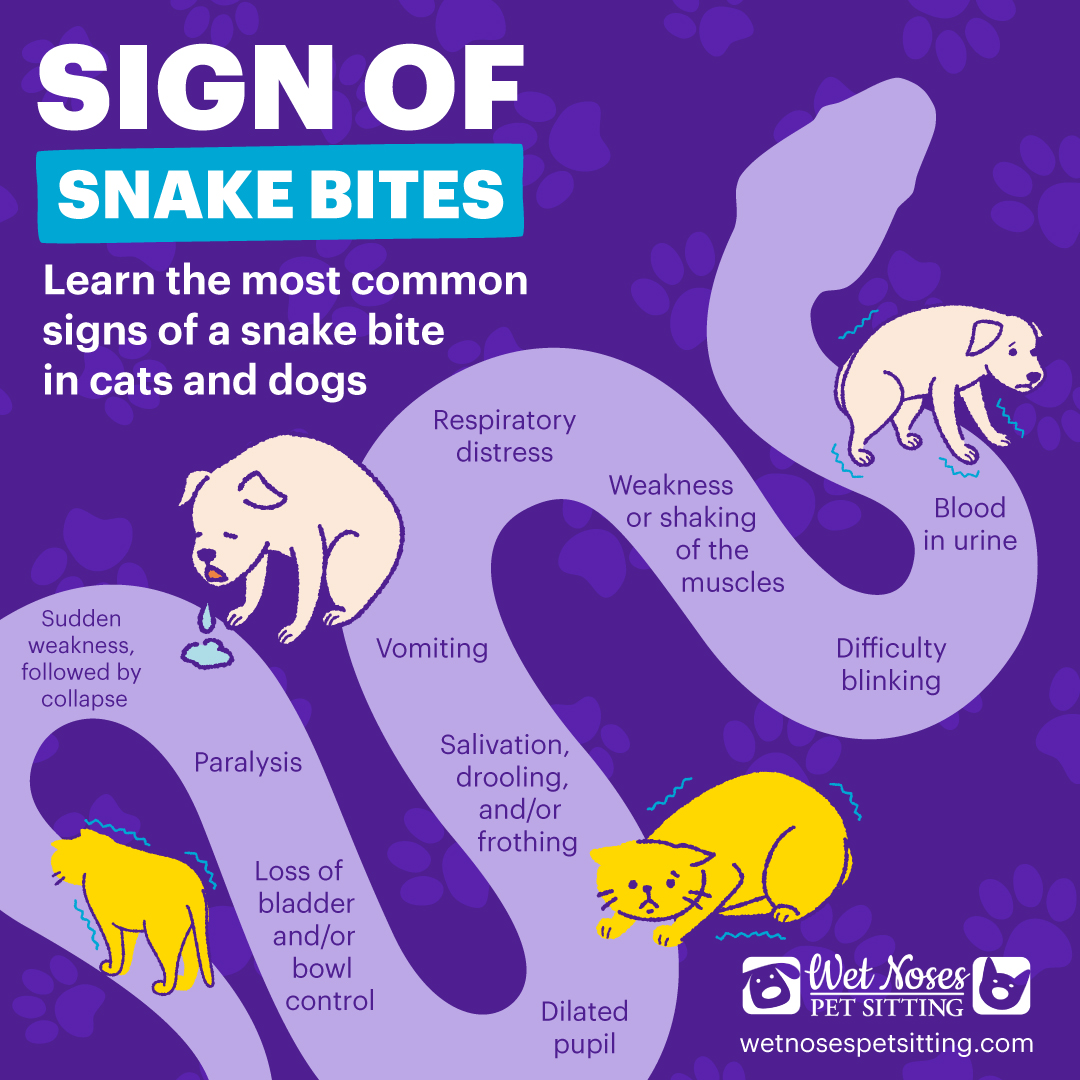
This next subject is becoming more common since more states are allowing recreational amounts of marijuana, and I believe it is one of the more important ones we need to cover. While many owners use CBD products on their pets and those that are derived from hemp are safe and effective; every pet owner should be aware of the deadly toxicity of marijuana.
Marijuana
More and more people are carrying edibles, in some form, with them when they camp in areas where this is legal. However, the high levels of THC found in marijuana through these gummies or cookies is very toxic to dogs!
The following are some of the symptoms of THC toxicity:
- wobbly uncoordinated walking;
- hyperactive and vocal;
- stumbling, vomiting;
- eyes are dilated;
- excessive drooling, and collapse
If you observe any of these signs your dog has probably ingested this toxic substance, and getting your pet to a veterinarian quickly is imperative.
Okay, a little sidebar here, this may be gross to some but, this really did happen to a dog out camping with his people. The doctor discovered the toxic THC was introduced to the dog because he ate some of his human’s waste! So always make sure to observe the correct protocols for leaving “no trace” left behind while enjoying the outdoors. Wildlife as well as domestic animals are adversely affected by marijuana.
Conclusion
I hope you have gleaned some very important information that will benefit you and your dog, should you have a pet emergency while away from home or while out hiking or camping. Worrying about everything and being prepared are totally different. As an excellent pet parent, you are now equipped to take on the open spaces confidently!
Summer is almost here and we want everyone to enjoy being outdoors with their pets and staying safe!


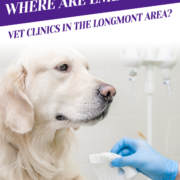
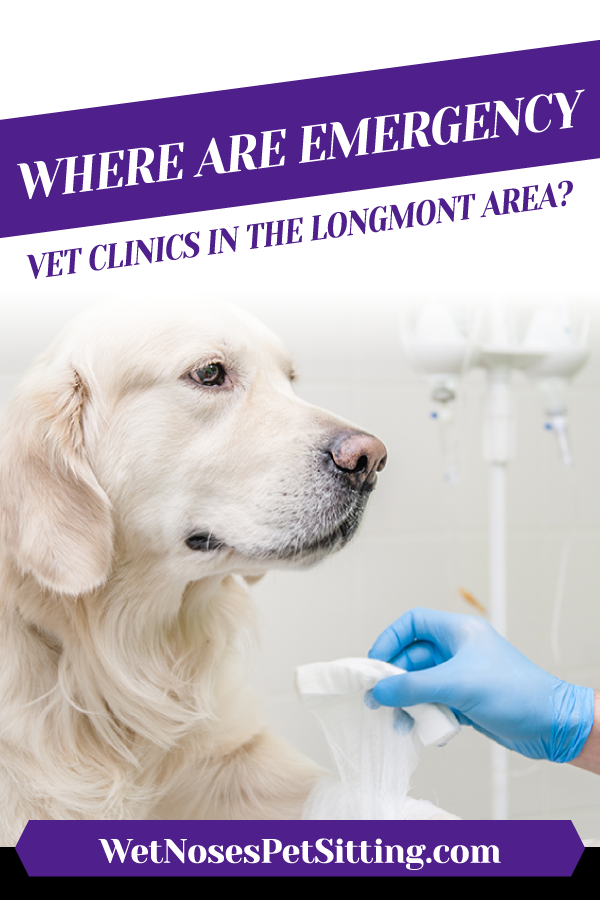
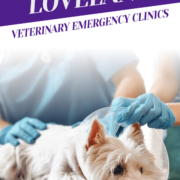
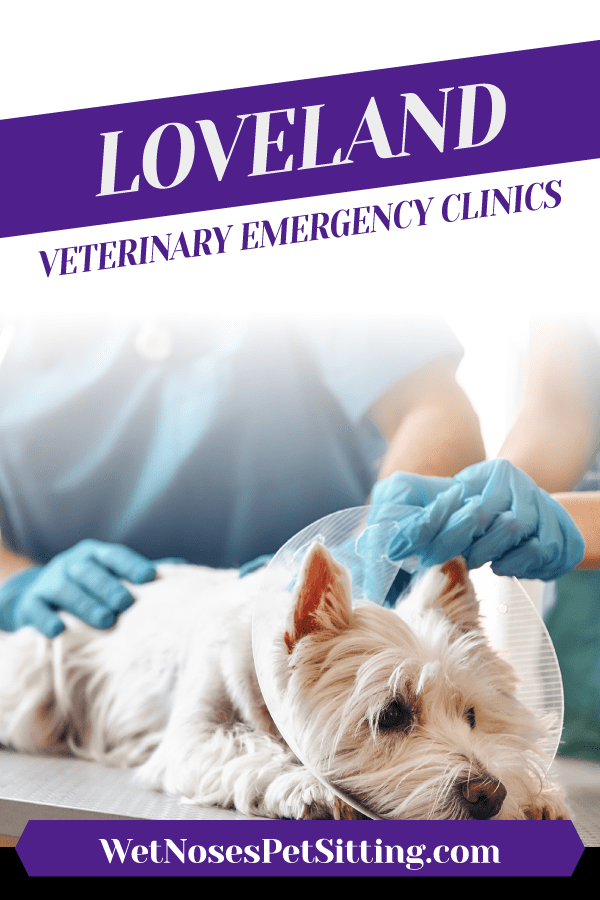


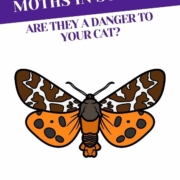
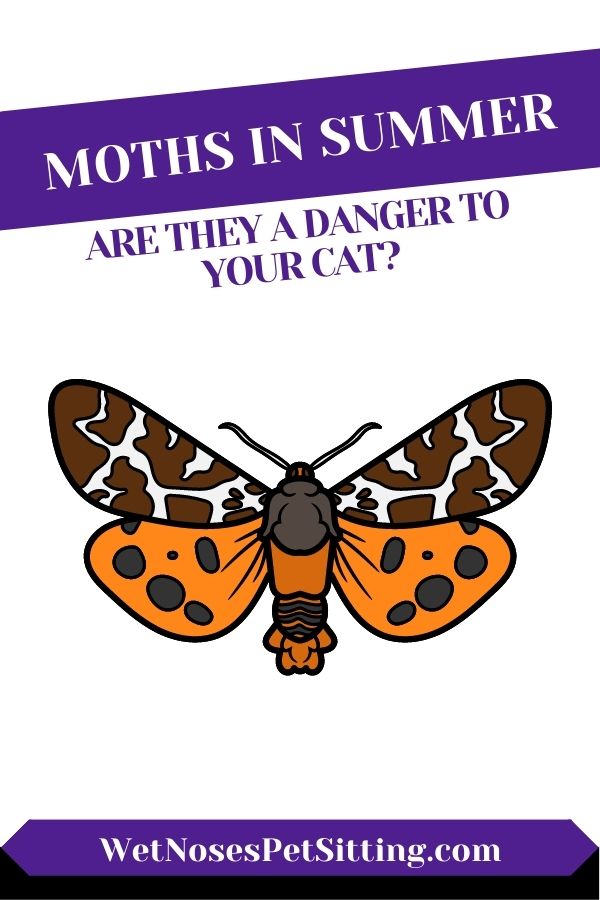





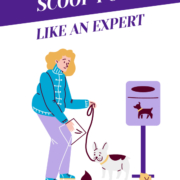
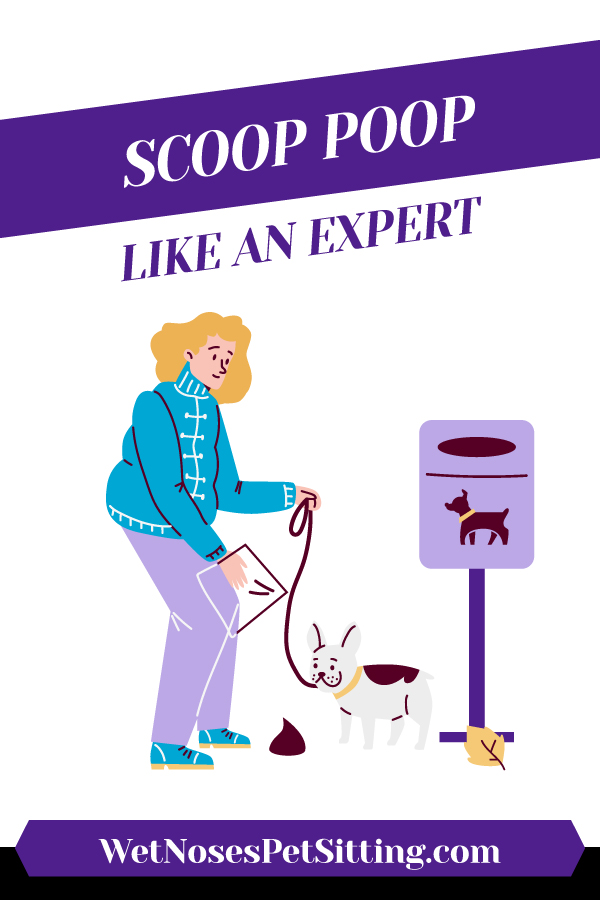
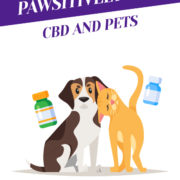
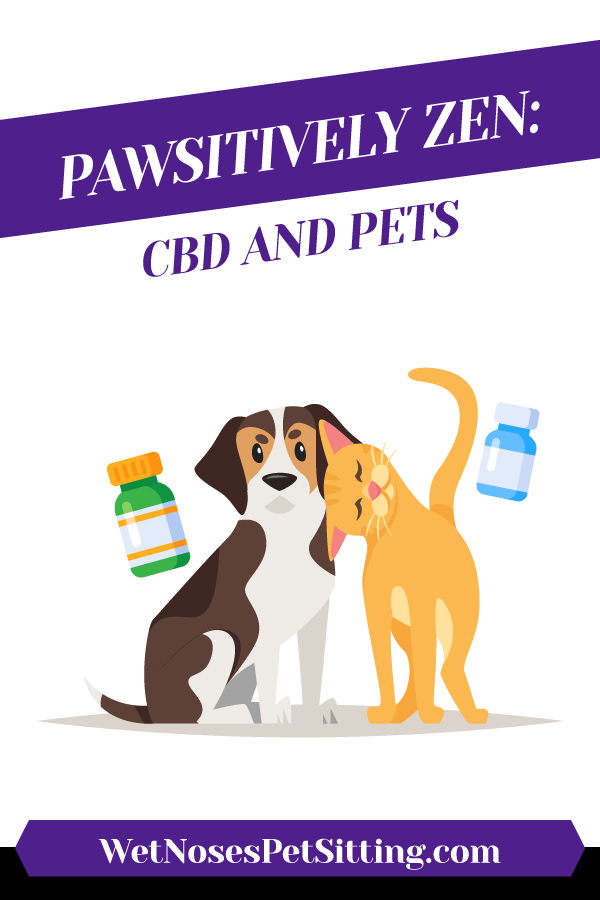
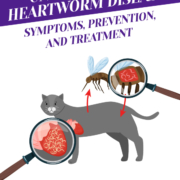
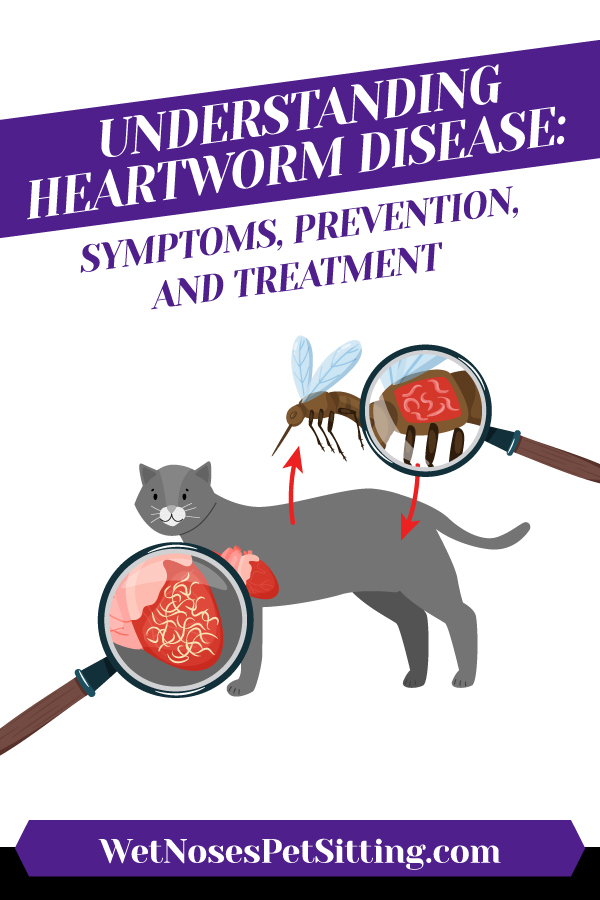

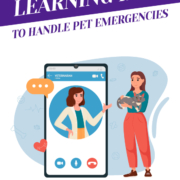




 5 Holi Safety Tips for Pets
5 Holi Safety Tips for Pets